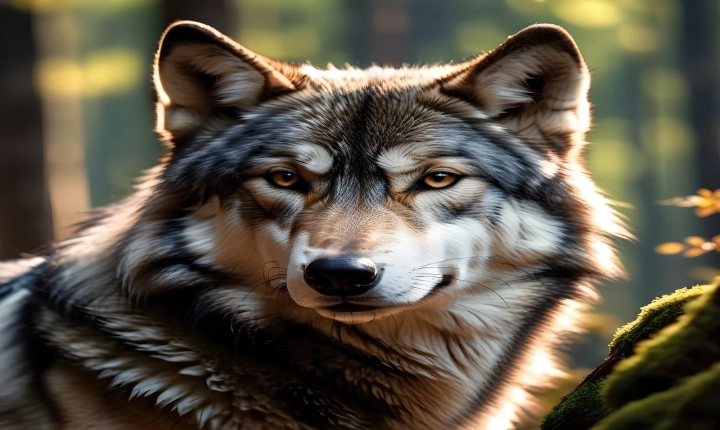Title: How to Generate a Video with AI: A Step-by-Step Guide
In today’s world, the rise of artificial intelligence (AI) has revolutionized the way we create and consume content. One of the most fascinating applications of AI in content creation is its ability to generate videos. Using AI to generate videos can streamline the production process, minimize costs, and provide a wide range of creative possibilities. In this article, we will explore the step-by-step process of generating a video with AI.
1. Define the Objective and Content
The first step in generating a video with AI is to clearly define the objective and content of the video. Determine the purpose of the video, the target audience, and the key message that needs to be conveyed. Whether it’s a promotional video, a tutorial, or an informational piece, having a clear understanding of the video’s purpose and content is crucial.
2. Collect and Prepare Visual and Audio Assets
Once the objective and content are defined, gather the visual and audio assets required for the video. This can include video clips, images, music, and voiceovers. Ensure that all assets are high-quality and relevant to the intended message of the video. Organize and prepare the assets for integration into the AI video generation platform.
3. Choose an AI Video Generation Platform
Select an AI video generation platform that aligns with the specific requirements of the project. There are various AI-powered video generation tools available, each with its own unique features and capabilities. Some popular platforms include Lumen5, Wibbitz, and Magisto. Research and choose a platform that best suits the objectives and content of the video.
4. Input Content and Customization
Once the AI video generation platform is chosen, input the collected visual and audio assets into the platform. Many AI video generation tools offer customization options, allowing users to tailor the video’s style, pacing, and visual elements. Customize the video according to the defined objective and content, ensuring that the video reflects the intended message and branding.
5. Apply AI-Driven Enhancements
Utilize the AI-driven enhancements offered by the platform to elevate the video’s visual appeal and storytelling. AI can analyze the inputted content and suggest enhancements such as transitions, effects, and text overlays to optimize the video’s impact. Take advantage of these AI-driven suggestions to enhance the overall quality of the video.
6. Review and Refine the Generated Video
After the AI has generated the video, review the output to ensure that it aligns with the defined objectives and content. Make any necessary refinements to the video, such as adjusting the pacing, refining the visual elements, or fine-tuning the audio. It’s important to ensure that the generated video effectively conveys the intended message and resonates with the target audience.
7. Publish and Distribute the Video
Once the video has been refined and finalized, it’s time to publish and distribute it across relevant channels. Whether it’s social media, a website, or a video-sharing platform, strategically distribute the video to reach the intended audience. Monitor the video’s performance and gather insights to inform future AI-generated video projects.
In conclusion, AI has immense potential to revolutionize the video creation process, offering efficiency, scalability, and creative opportunities. By following the step-by-step process outlined in this article, individuals and organizations can harness the power of AI to generate compelling and impactful videos that resonate with audiences. As AI continues to advance, the possibilities for video generation will only continue to expand, ushering in a new era of content creation.
